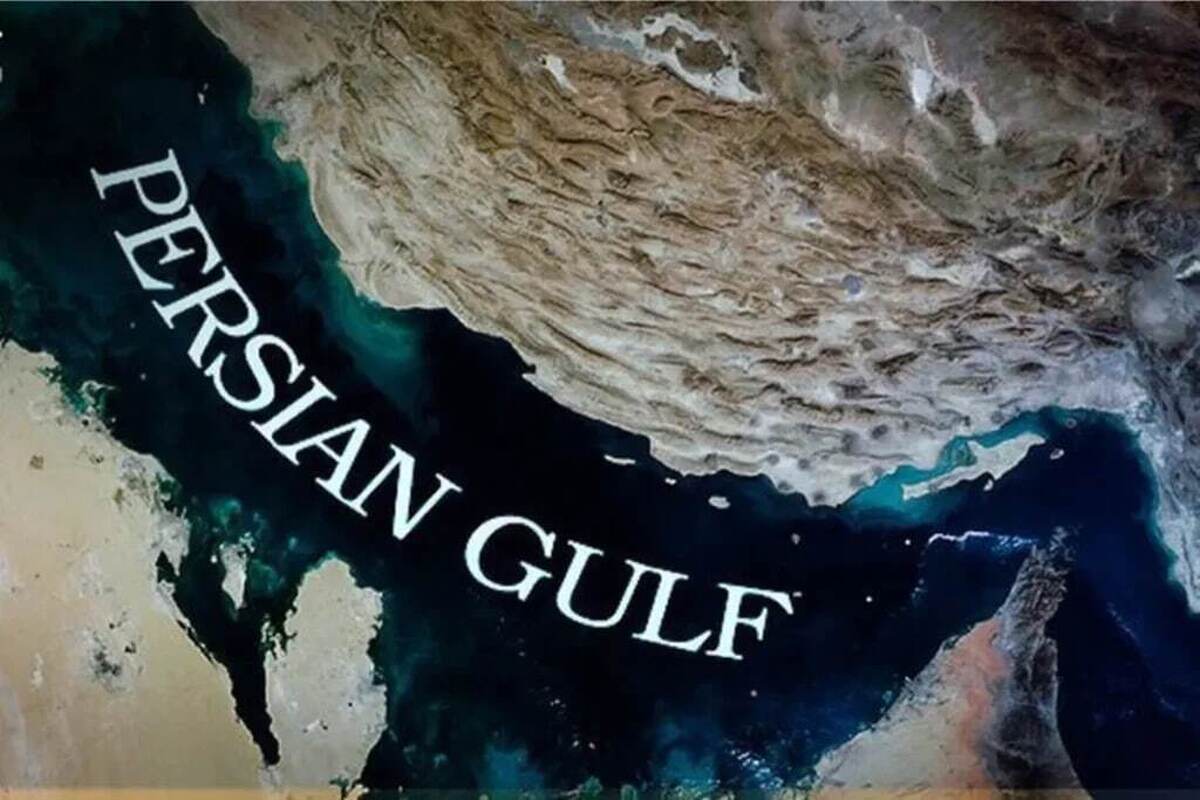
Latest U.S. Pressure Has Iran Over a Barrel - Ray Takeyh
Article by Ray Takeyh
April 22, 2019
The Trump administration is once again turning up the heat on Iran, announcing plans to stop providing waivers to the handful of countries that still buy its blacklisted crude. It is the administration’s most important step yet in its unfolding strategy of “maximum pressure” on Iran. Yet although the move is likely to cause Iran further economic pain, don’t expect much of a response.
Proving the Critics Wrong
The Trump administration’s hawkish policy is designed to bring an end to Iran’s destabilizing actions in the region, including its support for Hezbollah in Lebanon and Houthi rebels in Yemen. It has so far confounded its detractors.
In May 2018, Trump pulled the United States out of the Joint Comprehensive Plan of Action (JCPOA), the nuclear agreement that the Obama administration, alongside other major powers, had negotiated with Iran. Critics warned that Iran would rapidly escalate its nuclear activities. In their view, the United States would stand isolated in its failure to get other countries to join its sanctions regime. Yet the JCPOA continues to limp along, and many European companies have heeded the reinstated U.S. sanctions, irrespective of the European Union’s opposition. Since the United States restored the oil sanctions in November, Iranian oil sales have been halved to as low as 1.5 million barrels per day, U.S. officials say. China, India, Japan, South Korea, and Turkey have continued to buy Iranian oil under sanctions waivers granted by the United States; with the exception of China, they are now likely to comply with the sanctions once the waivers expire on May 2.
Then came the United States’ unprecedented designation of Iran’s Islamic Revolutionary Guard Corps as a foreign terrorist organization. Once more critics stressed that this would invite Iranian retaliation; that has yet to materialize. The Trump administration’s string of successes is likely to continue, as most countries purchasing Iran’s oil will likely look for alternatives. China could remain Iran’s lone customer, but even it will likely at least reduce its purchases as a nod to the United States.
Caution Ahead
The United States and Iran now face momentous choices. The Trump administration’s punitive strategy has gotten compliance, but it does have to be mindful of jittery global oil markets. Both Saudi Arabia and the United Arab Emirates have pledged increases in production; only actual increases will reassure markets. China will present the United States with a test at a time when the two are concluding a trade agreement. That reality is likely to restrain both sides. The United States will be less inclined to sanction China, and China will be less inclined to purchase large share of Iranian oil.
Little Recourse for Iran
Iran faces even more challenges as it contends with an emboldened Trump administration riding a wave of success. At every step of the way, Iran has issued threats that it has not carried out. It promised to ramp up its nuclear activities and even leave the JCPOA if the United States abandoned the agreement, yet it continues to adhere to it. In the meantime, Iran’s commerce, which has already shrunk, is likely to take a further hit. The International Monetary Fund this spring projected Iran would experience 6 percent negative growth this year.
Thus far, the Iranian officialdom has decided to take the pain and await the 2020 U.S. presidential election with the hope that a less hawkish Democrat will succeed Trump. Tehran will likely stick to this strategy as it has few retaliatory options. Abandoning the nuclear agreement will not ease the economic pressure it is under. And closing the Strait of Hormuz would likely choke off its remaining trade while making it vulnerable to military retaliation. The latest U.S. provocation is likely to be met with loud speeches from Iran but little else.
Published in Council on Foreign Relations



